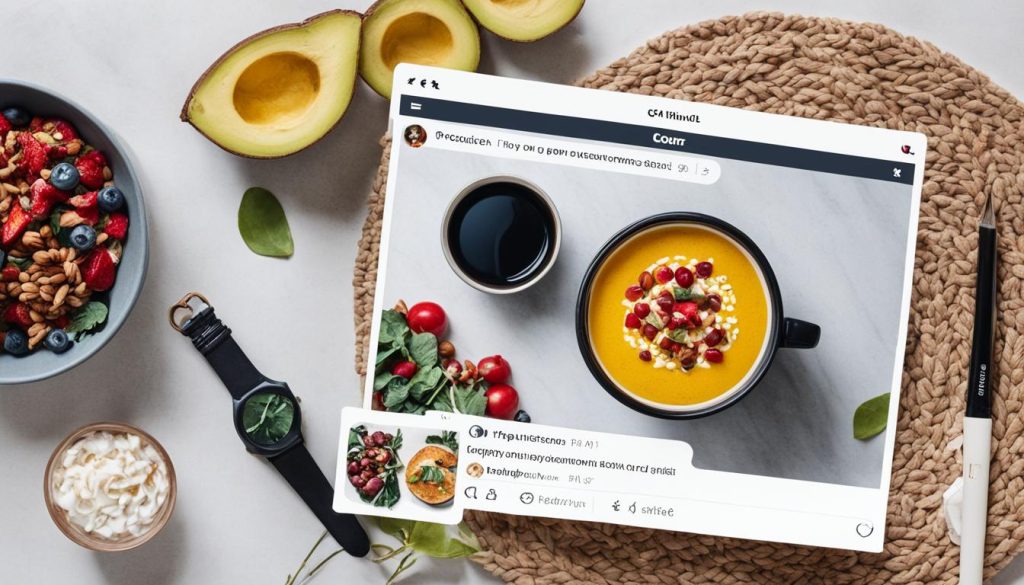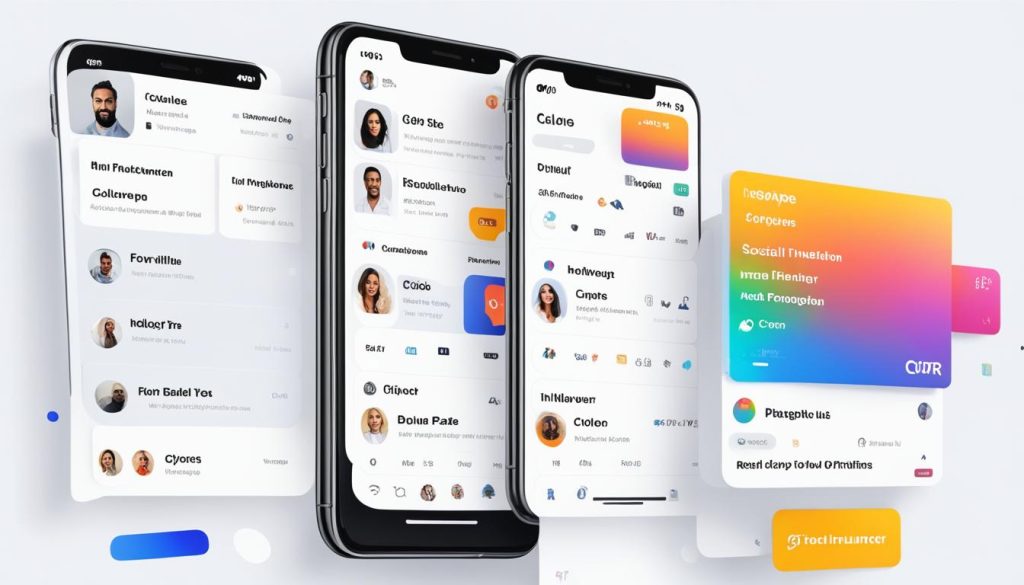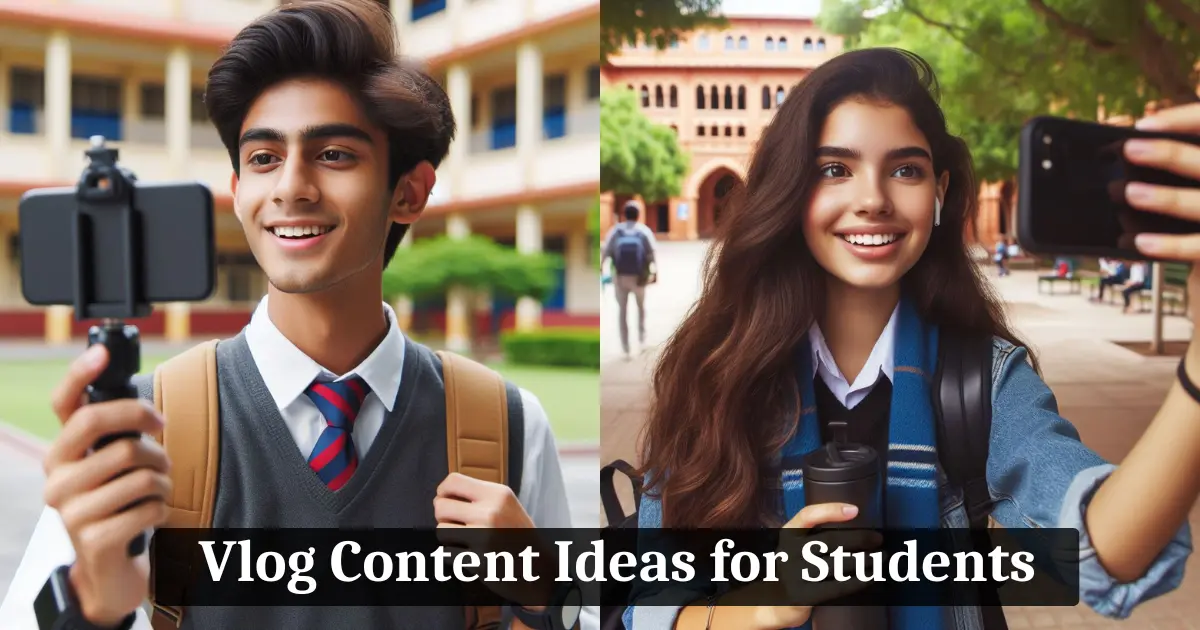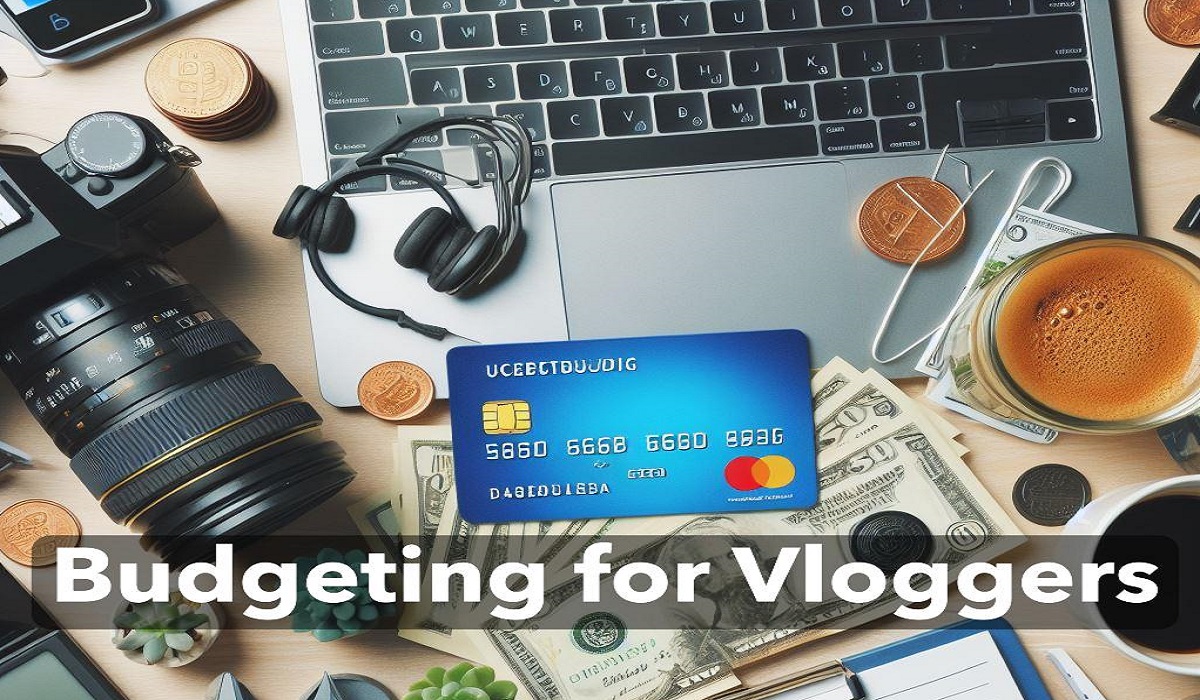Pricing Guide: Charge for Instagram Sponsored Posts 2024

Are you an aspiring Instagram influencer wondering how much to charge for a sponsored post? Determining the right pricing strategy can be a challenging task, but it’s essential to value your work and ensure that you’re compensated fairly for your efforts.
While there are various factors to consider when setting your rates, one common formula suggests charging $10 for every thousand followers you have. While this can be a helpful starting point, it’s crucial to remember that this formula has its limitations. It doesn’t take into account factors such as the quality of your work, engagement rate, or other important metrics related to your content.
Therefore, it’s essential to consider additional factors that influence your rates. These factors include deliverables, time, expenses, licensing, and exclusivity. The type of posts you create, such as static posts, carousel posts, IG stories, videos, IGTV, reels, link-in-bio, lives, and giveaways, may also affect your pricing.
Remember, these rates are negotiable, and you always have the opportunity to advocate for your value and negotiate for higher rates. The key is to present a compelling case, demonstrating your worth and the value you provide to brands.
Key Takeaways:
- Consider various factors when determining how much to charge for a sponsored Instagram post.
- While a common formula suggests charging $10 per thousand followers, you should also consider the quality of your work and engagement rate.
- Factors like deliverables, time, expenses, licensing, and exclusivity can influence your rates.
- Different types of posts may warrant different rates.
- Remember that rates are negotiable, and you should always advocate for your value when discussing compensation with brands.
Factors that Impact Influencer Rates
When it comes to determining the rates for influencers, several factors come into play. These factors play a significant role in shaping influencer rates and ensuring fair compensation for their work. Here are some key factors to consider:
Number of Followers and Engagement Rate
The number of followers an influencer has is a crucial factor that can greatly influence their rates. Generally, larger influencers with a substantial following tend to charge more for their services. Along with the number of followers, the engagement rate of an influencer is equally important.
Engagement rate refers to the level of interaction and involvement from the influencer’s followers, such as likes, comments, and shares. Influencers with high engagement rates often have a more dedicated and active audience, making their services more valuable.
Type of Collaboration
The type of collaboration also plays a role in determining influencer rates. Whether it’s a sponsored content post, affiliate marketing campaign, giveaways, Instagram Stories takeover, or Instagram collaboration, each type of collaboration has its pricing considerations.
Sponsored content posts, for example, may have higher rates compared to other types of collaborations due to the effort and creativity involved in crafting promotional content.
Scope of Deliverables and Usage Rights
The scope of deliverables and usage rights required by the brand can impact influencer rates. Influencers may charge differently based on the number of deliverables expected, such as the number of posts, stories, or videos.
Additionally, the usage rights granted to the brand, such as exclusivity or licensing, may also affect the rates. Influencers may charge higher rates if the brand intends to have exclusive rights to the content or use it beyond the initial campaign.
“The number of followers, engagement rate, type of collaboration, scope of deliverables, and usage rights are all important factors to consider when determining influencer rates. By carefully evaluating these factors, brands can ensure fair compensation and successful influencer partnerships.” – Marketing Expert
It’s important to consider all these factors when determining how much to charge for an influencer partnership. By taking into account the number of followers, engagement rate, type of collaboration, scope of deliverables, and usage rights, brands can negotiate fair rates with influencers and establish mutually beneficial partnerships.
Next, let’s explore the average rates for influencers on Instagram based on their follower count in Section 3.
Also Read:
Best Apps to Plan Your Instagram Grid
Unlocking Success: How Do Brand Collaborations Work
Meet the Top 10 AI Influencers Instagram: The Future of Social Media & Marketing
How to Create an AI Influencer in 2024: The Complete Guide
Instagram Influencer Rates
Instagram is the most widely used social media platform for influencer marketing. Rates vary depending on the influencer’s tier, and the rates gathered from expert influencer programs teams indicate the following average rates for a singular Instagram Reel:
- Nano creators (0-10K followers) charge $100-$200
- Micro creators (10K-100K followers) charge $200-$1K
- Mid creators (100K-500K followers) charge $1.5K-$5K
- Macro creators (500K+ followers) charge $5K-$7K+
- Mega/celebrity creators (1M+ followers) charge $45K and above
Other Social Media Platform Rates

Rates for influencers on other social media platforms may vary. TikTok, for example, has high engagement rates and is becoming a cost-effective alternative to Instagram.
Rates for TikTok videos range from $500-$2,000 for nano creators to $45K+ for mega/celebrity creators. YouTube pricing is higher and more fragmented due to the time-consuming and expensive nature of video content production.
Rates for YouTube sponsored videos range from $1,000-$2,500 for nano creators to $49K+ for mega/celebrity creators. Rates for influencers on Facebook, Snapchat, and Twitter (rebranded as X) tend to be lower compared to Instagram and YouTube.
When considering rates for different social media platforms, it’s important to take into account the unique features, audiences, and engagement levels of each platform. Here’s a breakdown of influencer rates on these platforms:
| Platform | Influencer Rates |
|---|---|
| TikTok | Range from $500-$2,000 for nano creators to $45K+ for mega/celebrity creators |
| YouTube | Range from $1,000-$2,500 for nano creators to $49K+ for mega/celebrity creators |
| Lower rates compared to Instagram and YouTube | |
| Snapchat | Lower rates compared to Instagram and YouTube |
| Twitter (X) | Lower rates compared to Instagram and YouTube |
Influencer rates on TikTok and YouTube reflect the varying demands of these platforms. TikTok’s short-form video content and high engagement rates make it an attractive platform for influencer partnerships.
On the other hand, YouTube’s longer and more detailed video content requires additional time, effort, and production costs for influencers to create compelling sponsored videos.
While influencer rates on Facebook, Snapchat, and Twitter tend to be lower compared to Instagram and YouTube, it’s important to consider the unique targeting opportunities and audiences that these platforms offer. Each platform has its own user base and engagement levels, which may align with certain brands or marketing strategies.
When planning an influencer marketing campaign, it’s essential to carefully evaluate each platform’s audience, content format, and influencer rates to determine the optimal distribution of your budget and resources.
Conclusion
Running a successful influencer marketing campaign requires careful planning and consideration of various factors. Start by defining your campaign goals and identifying your target audience. Research and select influencers who align with your brand values and have a strong following. Determine the compensation models and calculate the costs to budget for influencer costs effectively.
Once your campaign is underway, it’s essential to measure its success. Track key metrics such as reach, sales, engagement rate, traffic, saves, and shared content to evaluate the impact of your influencer collaborations. These metrics will help you determine the ROI and effectiveness of your campaign.
Remember, influencer marketing is an ongoing process. Continuously optimize your partnerships by monitoring the results and adjusting your strategies accordingly. By analyzing the data and feedback, you can make informed decisions to improve your influencer campaigns and achieve your desired business outcomes.
With careful planning, execution, and measurement, influencer marketing can be a powerful tool to amplify your brand’s reach, increase engagement, and drive conversions. Stay focused on your goals, establish transparent communication with influencers, and keep refining your strategies to get the most out of your influencer marketing efforts.



